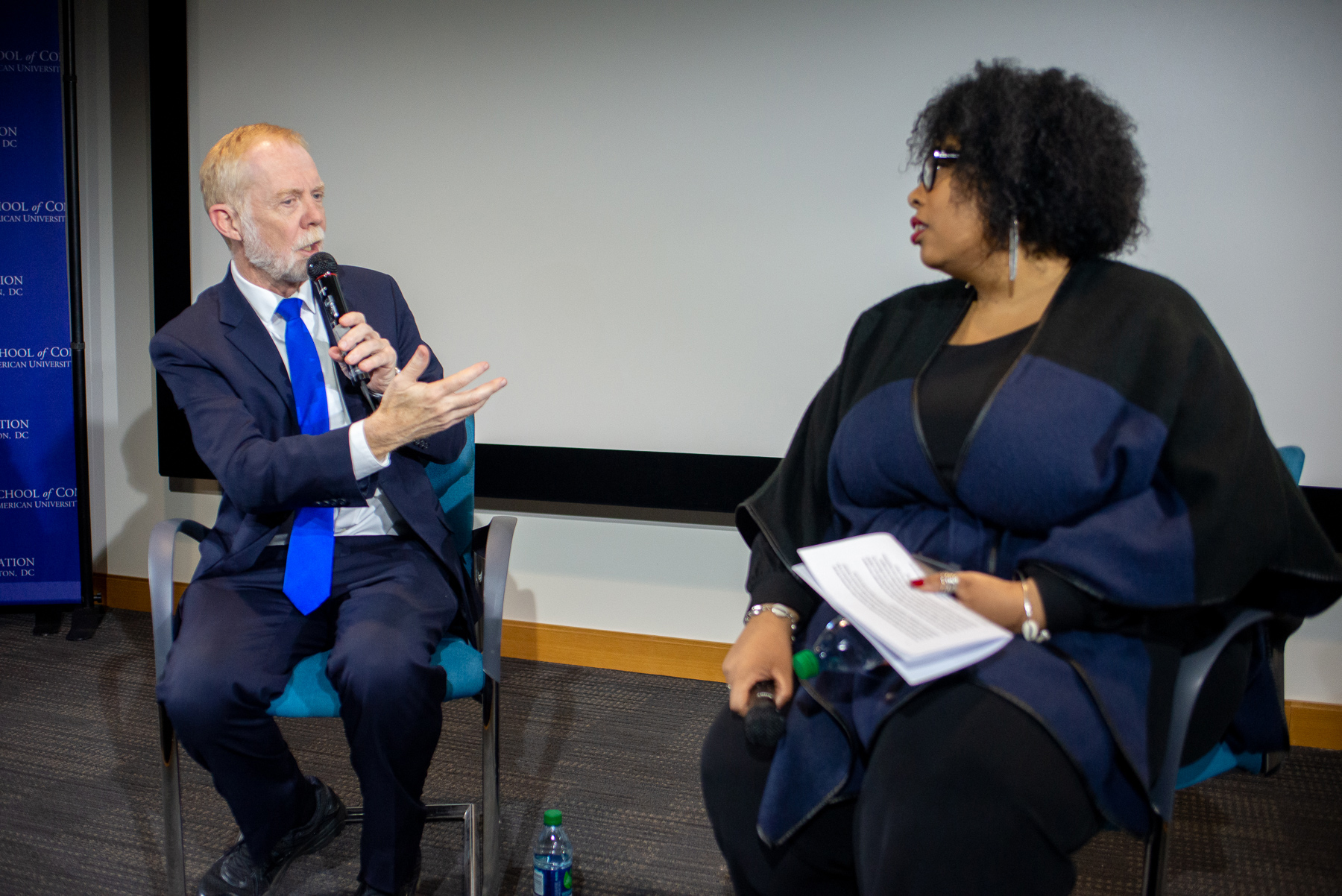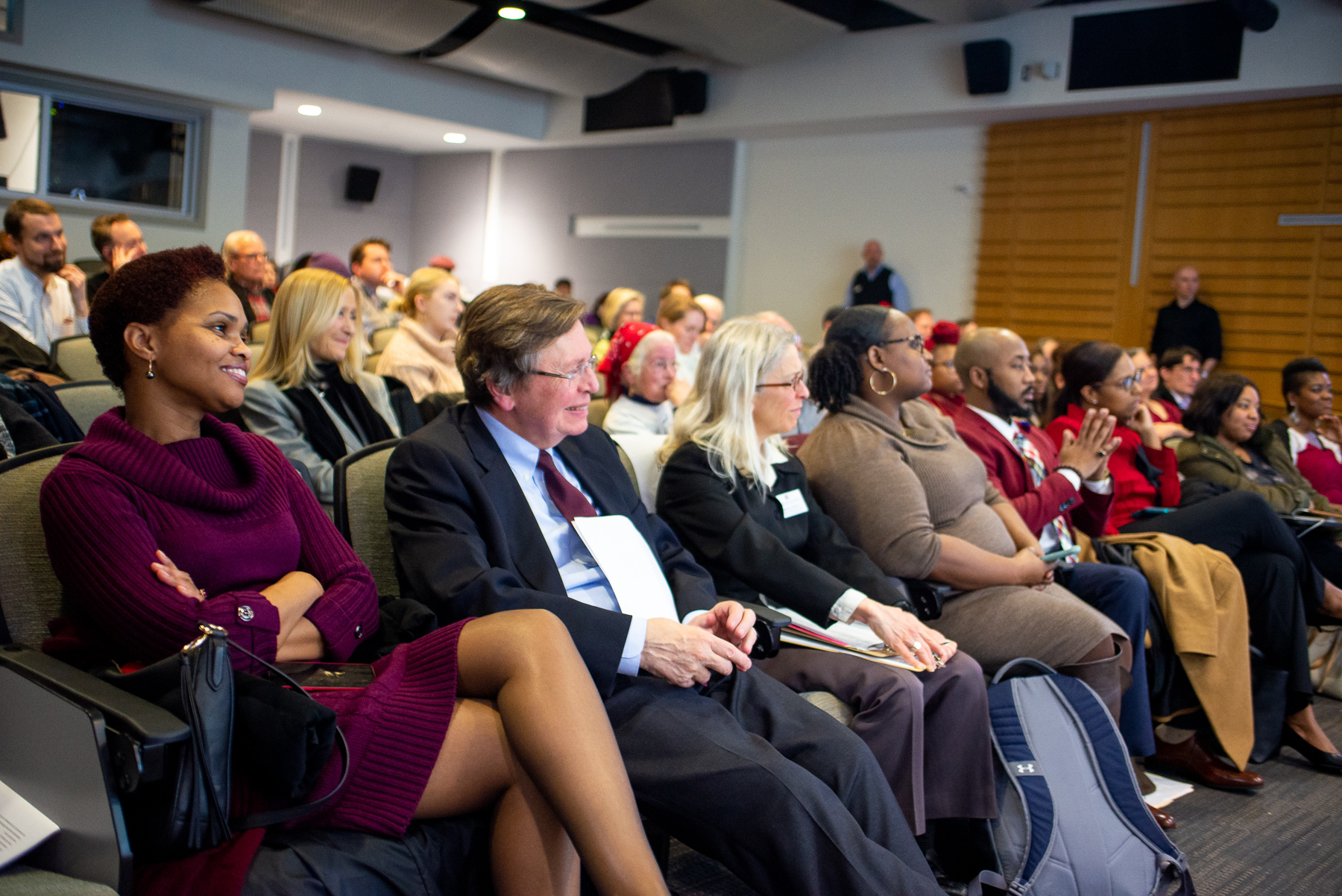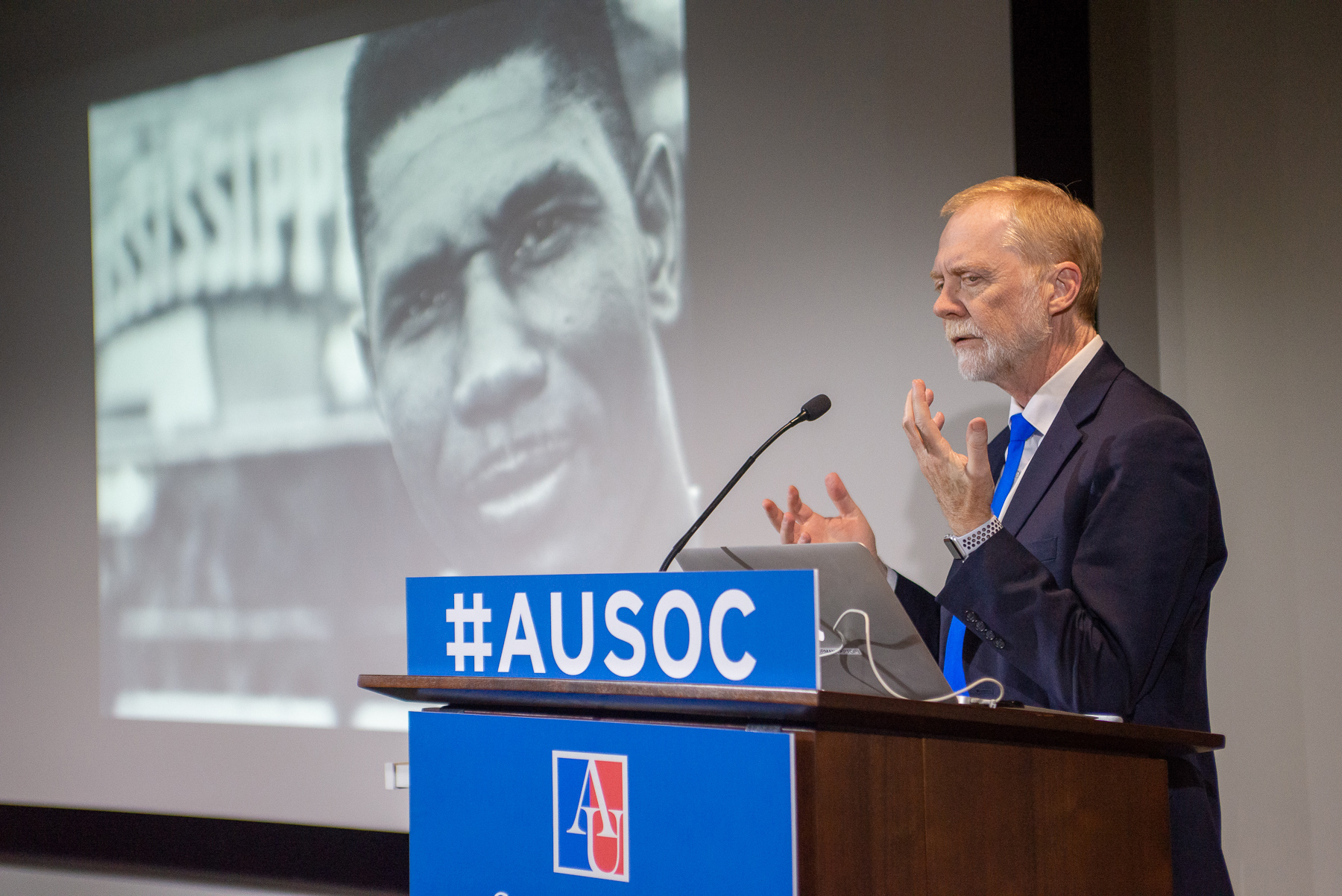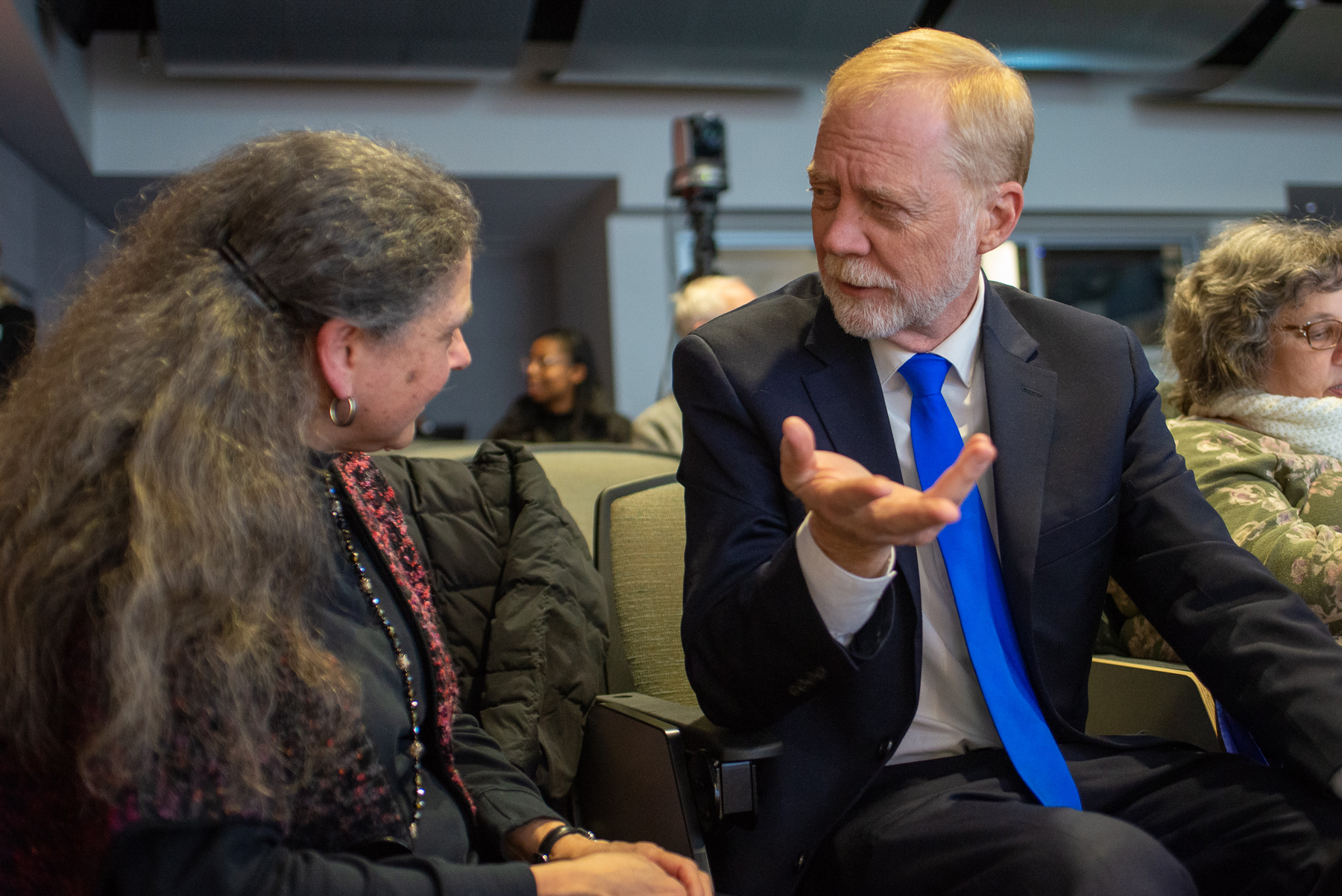Categories
civil rights NewsWhat are the next 10 years of civil-rights remedies going to be like?
Jerry Mitchell, an award-winning civil-rights and investigative reporter for the Clarion-Ledger in Mississippi, was asked how much time is really left to bring people to justice for killings during the 1950s and 1960s.
“If you’re talking about criminal prosecutions,” he said in a talk on Wednesday at the School of Communication, “the window is almost closed. Here’s why: The suspects are dead or the witnesses are dead. You kind of have to move from truth to justice where possible. And where justice isn’t possible … then what did South Africa do? You have to move to truth and reconciliation.”
Mitchell spoke to students, faculty and the greater community at American University about his 30-plus years’ of reporting on civil-rights cases, including work that led to the re-trial in 1994 of Ku Klux Klan member Byron De La Beckwith for the killing of NAACP leader Medgar Evers. (Two trials in the 1960s resulted in hung juries.) Beckwith was sentenced to life in prison; seven years after his conviction, he died in prison at age 80.
And has this kind of relentless digging into individual cases been hard on Mitchell and his family?
“I’ve had my share of death threats,” Mitchell said. “Sure, that’s disconcerting. But it led (to) an unexpected gift, and that’s living fearlessly … it’s about living for something greater than ourselves.”
He said there have now been 24 convictions in civil-rights murders, but “I don’t see that many other prosecutions happening from this era.”
Mitchell recently co-founded the Mississippi Center for Investigative Reporting, a new nonprofit based in Jackson. He was interviewed earlier in the day by Executive Editor Charles Lewis for the Investigating Power site — where viewers will find video interviews with groundbreaking reporters about their work — and on stage by Dr. Sherri Williams of the SOC faculty and a former colleague of Mitchell’s at the Clarion-Ledger.
IRW, the School of Communication and AU’s Black Alumni Alliance co-sponsored his visit.











